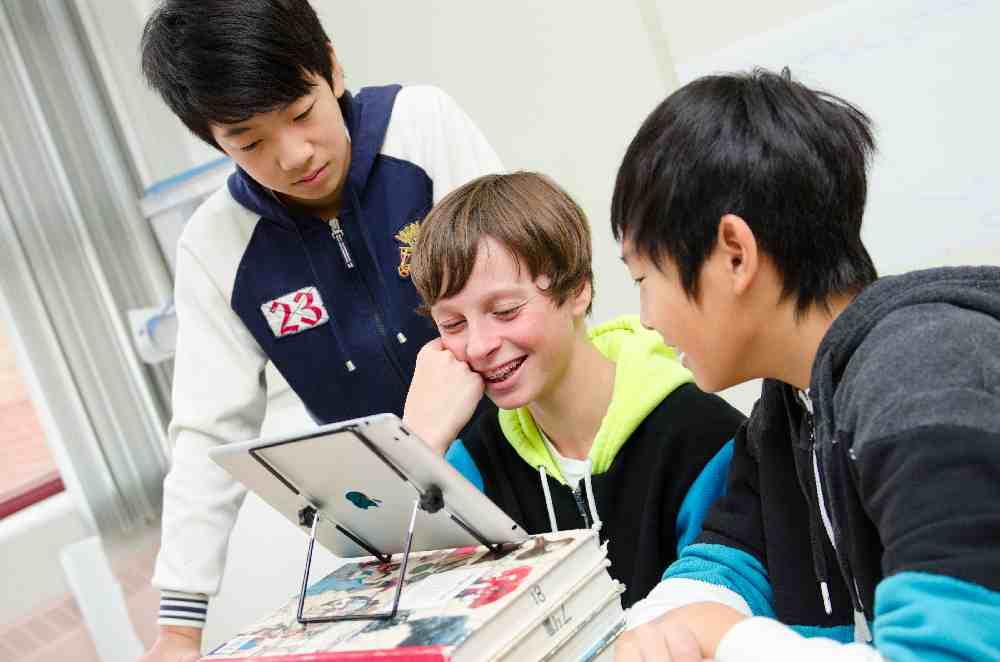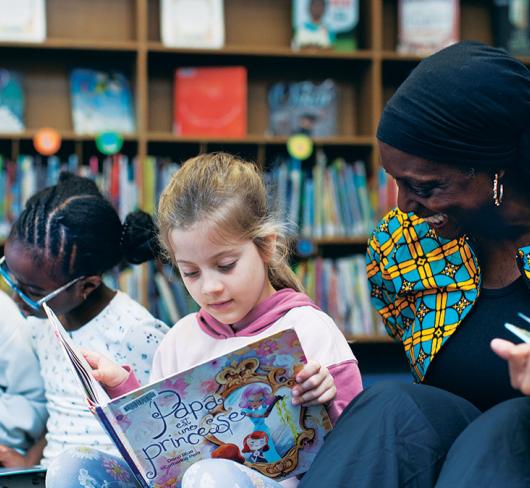
Using Digital Technologies to Support Literacy Instruction Across the Curriculum
While the Internet is now the number one information source for both children and adults, research is showing that online reading differs significantly from print-based reading. In fact, learning how to obtain sound, relevant information from online sources requires specific kinds of practice and experience, and there is little evidence that schools are currently providing this experience. Children need to learn effective strategies for identifying valid information and information sources, and navigating hypertext links. These are elements of information literacy but also involve a lot of print literacy elements such as good reading comprehension strategies along with an understanding of digital literacy (how to find, evaluate, and effectively use online information). Gathering information online may require even more sophisticated reading comprehension strategies, and, interestingly, students are aware that they need help learning to evaluate online information. The combination of reading comprehension and digital literacy is an important instructional focus and can be incorporated into any given subject area.
Teachers can:
Start with identifying important questions: helping students develop generative and interesting questions (not just factual information-gathering ones) in groups to set the stage for their online inquiry.
Help students navigate complex information networks to locate appropriate information by using age-appropriate web search tools, or select some sites yourself beforehand that seem useful. Help students develop some basic knowledge about websites, such as how to “read” a URL; how to find the publisher of a website; and how to validate a website.
Work with students to question and evaluate that information through group activities and follow up with class sharing of their experiences. Practice looking at and deconstructing the content of particular websites by considering questions such as: Where is the important information? What sources of information did the website use and are those good sources? How do you identify the sources? (Alan November’s site has useful questions to pursue, and the Media Awareness Network also provides some very helpful curriculum examples, activities, and suggestions.)
Work with students to decide what the most important and valid information seems to be from these searches and help them synthesize it to address those questions. Make sure that students discuss and understand what information gets left out in this process and why. Also, discussing what new questions may have been raised by the first web search may prompt a second, more focused, round of searching.
Raising questions such as how web-based research differs from the experience of regular library searches can lead to discussions about particular online features such as hyperlinks, that provide detailed information about a word or idea, right when you need it, and then allow you to continue the thread of reading you were already engaged in (look at the section of called Literacy & Technology resources for more curriculum ideas – available in the online version of this article).
You can create activities for individuals, small groups, or the whole class to communicate what students have learned from these investigations using different online formats, where each one supports a different multiliteracy experience: a class blog, a web page, or a class or small-group video presentation, for example. Creating a web-based resource that summarizes your students’ learning (such as a blog) both makes students value their collective efforts and can also serve as a potential online resource for other teachers and their classes to use.
Worried you don’t have the expertise to do this? Remember to bring in your students’ knowledge and skills as a resource to help you plan and create an effective learning experience. This will prevent you from feeling that it has to be “right” the first time. Instead, you can be learning along with the students.
Even quite young students these days have some online knowledge to bring to such activities, and research with second language learners has found the online context supportive for language learning.
Very young students and students with learning difficulties have also benefited from using e-readers and there are a lot of different ones to choose from. Those that allow font size manipulation, text-to-speech, and hyperlinks can be really helpful classroom tools. Check out how some other teachers in your school or district might be doing Internet-based research and reading in their classrooms.
Observing how someone else works can be helpful and teachers are usually very happy to explain what they are doing and why. Or start by planning such an activity with another teacher. Having a buddy to discuss things with later provides both support and motivation to continue to try new things.

